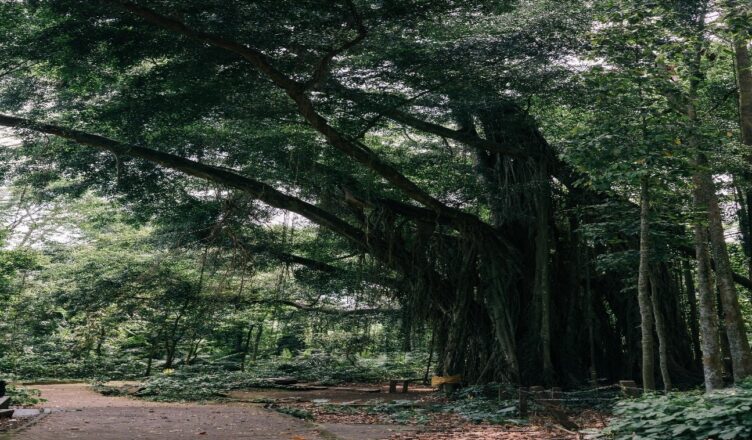Deciduous Trees:
Deciduous trees are a type of woody plant that lose their leaves seasonally, typically in the fall. They are adapted to areas with distinct seasons and periods of low water availability. Deciduous forests are found in many parts of the world and play important roles in ecology and the carbon cycle. Some common deciduous tree species include oak, maple, birch, and elm.
Types of Deciduous Trees
Some common types of deciduous trees are:
- Maple
- Oak
- Birch
- Elm
- Ash
- Dogwood
- Beech
- Poplar
- Cherry
- Horse Chestnut.
Importance of Deciduous Trees
- Deciduous trees play a crucial role in maintaining the delicate balance of ecosystems and providing habitat for a diverse range of wildlife species. These trees are characterized by their seasonal shedding of leaves and are found in many regions of the world, including temperate and tropical climates.
- Ecosystem balance is vital for the health and sustainability of all living things on our planet. Deciduous trees contribute to this balance in a number of ways. Firstly, they absorb carbon dioxide (CO2) from the atmosphere and convert it into oxygen through the process of photosynthesis. This helps to mitigate the effects of global warming and maintain a healthy atmospheric composition.
- Secondly, deciduous trees provide important habitat and food sources for many species of wildlife. For example, birds, squirrels, and other small mammals use the leaves, branches, and trunks of deciduous trees for nesting and foraging. Additionally, the fallen leaves of deciduous trees provide critical organic matter for the soil, supporting the growth of other plants and serving as a food source for soil-dwelling organisms such as earthworms and microbes.
- Deciduous trees also play a critical role in maintaining the hydrologic cycle. They absorb large amounts of water from the soil, reducing the risk of flooding and erosion, and releasing it back into the atmosphere through transpiration. This helps to regulate local precipitation patterns and prevent droughts in some areas.
- Another important function of deciduous trees is their ability to provide shade and cool the surrounding environment. In urban areas, deciduous trees can reduce the urban heat island effect by reducing the amount of heat absorbed by buildings, roads, and other surfaces. This not only provides a more comfortable environment for humans and wildlife but also reduces energy consumption as buildings and homes require less cooling.
Cultural and Economic Benefits
In addition to their role in ecosystem balance, deciduous trees also provide numerous cultural and economic benefits. For example, they can be used for timber production, recreation, and as a source of non-timber forest products such as berries, nuts, and medicinal plants. Moreover, deciduous forests are also popular tourist destinations, attracting visitors from all over the world who come to admire the beauty of the changing seasons and observe the wildlife that call these forests home.
Despite the numerous benefits provided by deciduous trees, they are under threat from a number of factors, including deforestation, urbanization, and climate change. The loss of deciduous forests can result in a range of negative consequences, including reduced carbon sequestration, loss of habitat for wildlife, and altered precipitation patterns.
You can also read: Narcissus Species, Propagation, Harms, and Diseases
To ensure the continued health and sustainability of deciduous forests, it is important to adopt a range of conservation measures, including reforestation and sustainable forestry practices. In addition, it is essential to promote the value of deciduous trees and forests to the general public, so that people can understand the important role they play in maintaining the delicate balance of our ecosystems.

Conclusion
In conclusion, deciduous trees play a critical role in maintaining the balance of ecosystems and providing habitat for a diverse range of wildlife species. They absorb CO2 from the atmosphere, regulate the hydrologic cycle, provide shade and cool the surrounding environment, and support numerous cultural and economic benefits. To ensure the continued health and sustainability of deciduous forests, it is essential to adopt a range of conservation measures and to promote their value to the general public.

